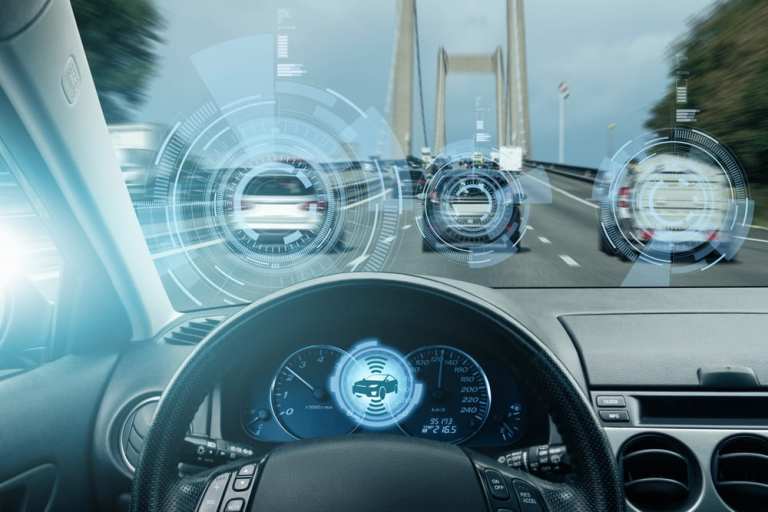
Utah officials estimate that new vehicle-to-everything, or V2X, technology could reduce the severity of traffic crashes by 80 percent, the Wall Street Journal (WSJ) reports.
Motor vehicle crashes claimed the lives of around 36,120 people in 2019, WSJ reported, and the V2X technology has been touted as a possibility for reducing that number. According to WSJ, V2X works through a stream of anonymized data such as speed, traction, tire level, windshield-wiper status and more, which roadside sensors can suck up and report as a summary of what’s happening on the road in general.
Certain high-tech systems can send out reports on road conditions and appear on dashboard screens and smartphones. Some cars, though small in number, come already equipped with this kind of technology.
Panasonic Corp. of North America is working on a technology in this area, and vice president Chris Armstrong says a message about an issue on the road “can be displayed to the driver: ‘Watch out, there’s a crash ahead,’” according to WSJ.
Panasonic has partnered with the Utah Department of Transportation on a five-year project to be developed in phases, which will purportedly demonstrate V2X capability through a cloud-based platform with around 70 units installed listening for data from passing cars around the Salt Lake area.
But that number is a fraction of the whole. According to WSJ, around 1,000 such roadside devices have been installed in 25 states. Over 18,000 vehicles have V2X devices already installed. The number is small compared to how many cars there are on the road now, but it might not be such a niche forever — the industry wants to send out around 5 million V2X radios in the next five years, WSJ reported.
The eventual reopening once the pandemic dies down, PYMNTS reported, could involve more cars on the roads as opposed to planes and other forms of transportation, particularly without a coronavirus vaccine available. Data from all countries show people driving more, and car sales have spiked in place of things like ride-share options.